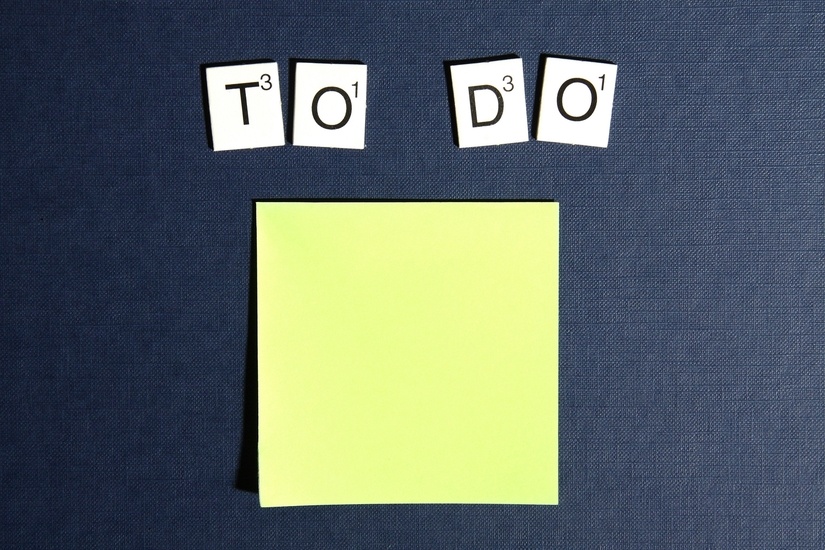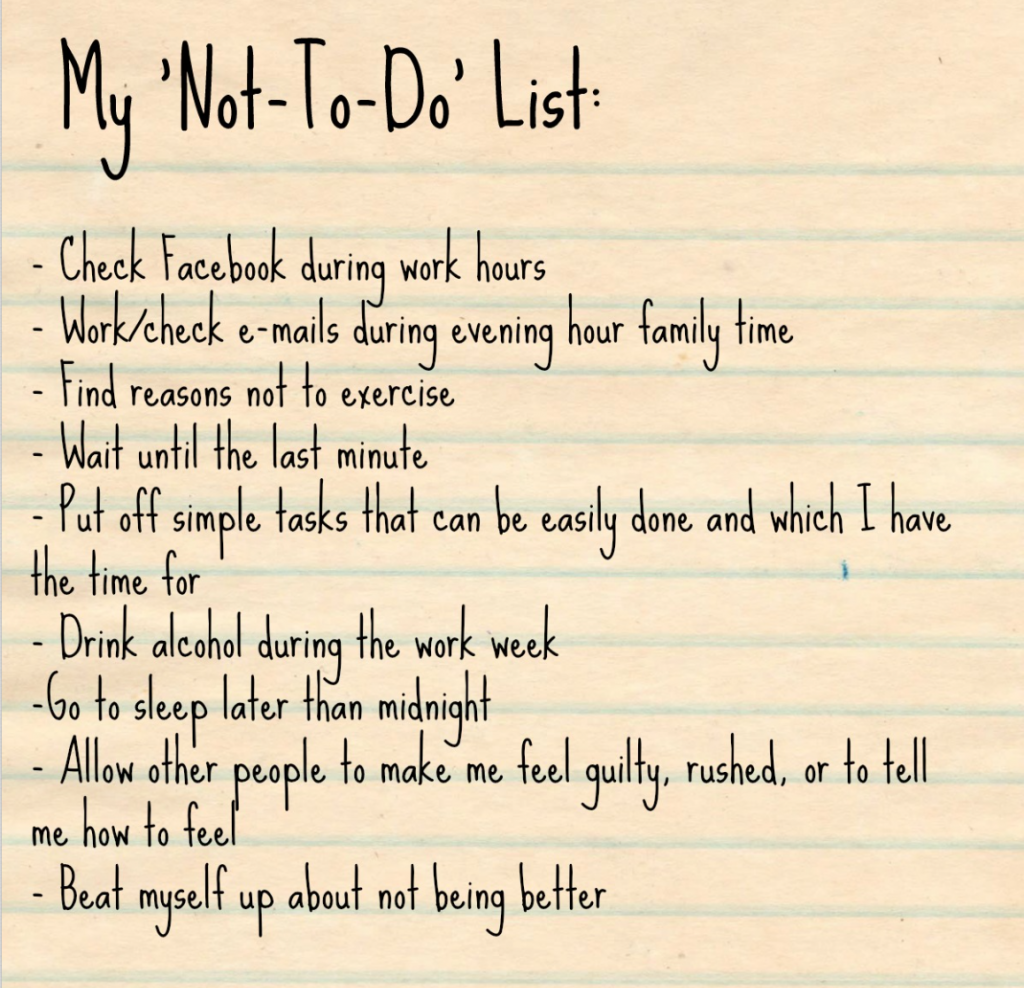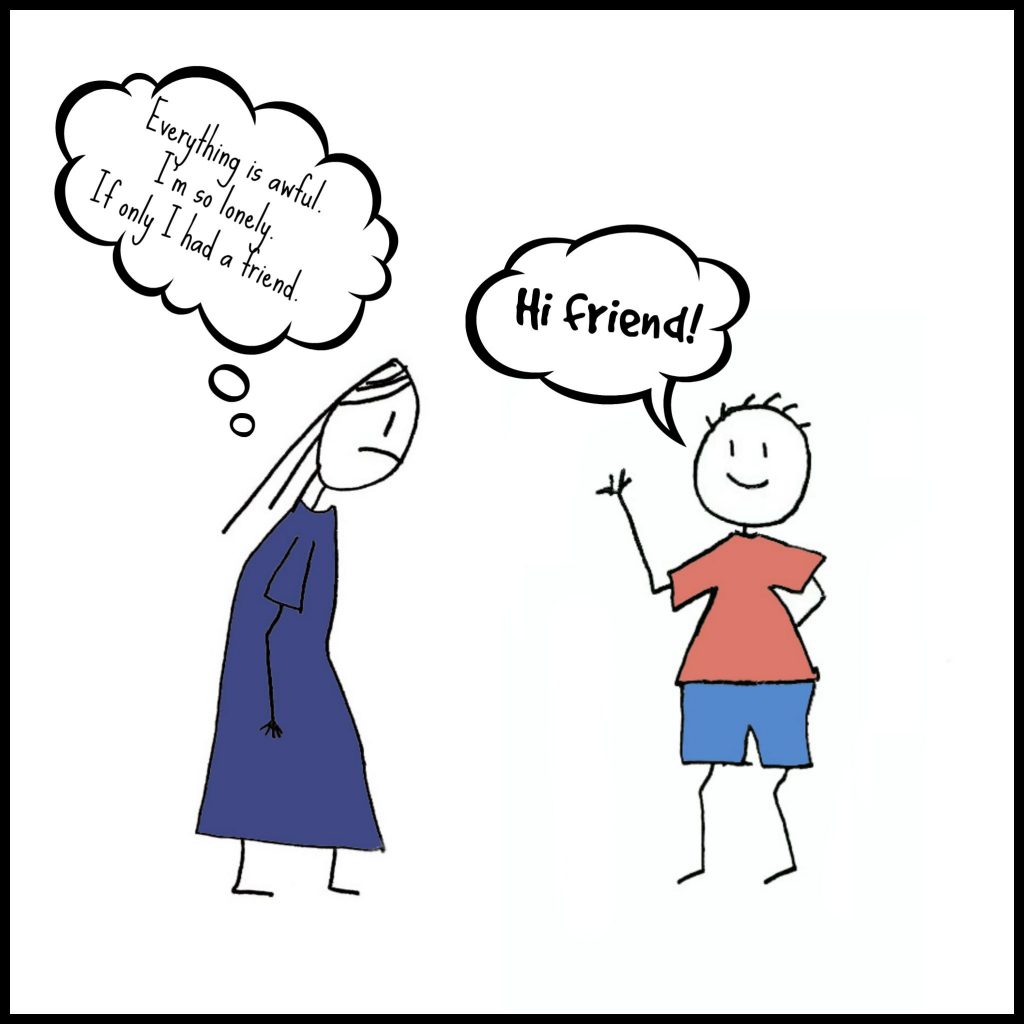Grief Hacks: Lists and Little Journals
/ Coping with Grief : Eleanor Haley
Experiencing the death of a loved one can throw a person all out of whack, am I right? Grief is known to impact our physical, emotional, and cognitive functioning and can make it difficult for you to concentrate, focus, and function. It can also cause you to feel excessively negative, lost, overwhelmed, and stuck. With this in mind, Litsa and I have decided to start a new category of posts intended at providing quick and practical ways for people to slowly find more balance and control in their lives. Candidly, both Litsa and I want to find more balance and control in our own lives—so we'll right alongside you on this journey.
Today, I want to start off on our quest to be more well-balanced, effective, and mindful people by discussing the power of lists and journals. There are numerous ways that writing lists and keeping daily records can help with emotional, physical, and cognitive functioning; so many that we can't discuss them all here. Instead, we're going to talk about a few that we see as being particularly helpful... The rest is up to you.
1. The 'To-Do' List
Yes, the classic 'to-do' list is simple and old school... But these types of lists can be helpful regardless of how you use them.
Raise your hand if you've heard of the zeigarnik effect. Anyone? Yeah, me neither before today. Anyway, the zeigarnik effect states that people have a tendency to experience intrusive thoughts about tasks that are left incomplete. In other words, the zeigarnik effect explains why you can't stop thinking about the unfolded piles of laundry and unfinished school papers, work projects, yard work, and house repairs. Yikes, how annoying!
Here's the good news: In 2011, researchers Baumeister and Masicampo conducted a study that suggested to-do lists might help to counteract these nagging thoughts. In their study, they found that participants did poorly on a brainstorming task when they were prevented from finishing a simple warm-up task. The reason? They couldn't stop thinking about the unfinished task. However, when participants were allowed to make plans to finish their warm-up task (just make the plans, not actually finish), they no longer experienced intrusive thoughts and could complete the brainstorming task without distraction. So, the simple act of planning allowed people to think more clearly.
This makes sense to me because I never actually use to-do lists for anything beyond planning. I've always found making these lists helpful to get a grasp of what needs to be done—especially when I begin to feel overwhelmed—because it helps put things into perspective. That said, plenty of people use their to-do lists on an ongoing basis as a guide as they accomplish tasks. So, the to-do list can be effective regardless of whether you use it to plan, to stay on track, or to remember.
If you tend to have difficulty organizing your to-do list, check out this post on 10 Ways to Improve Your To-Do List.
2. The 'Not-To-Do' List
The purpose of a 'not-to-do' list is to keep you focused on the tasks that actually matter. The idea behind a 'not-to-do' list is to identify the things that get in your way.
Ask yourself: What types of things prevent me from accomplishing my goals around work, family, self-care, grief, and personal health? Do I have habits that interfere with getting things done? Do I take on too much? Do I focus on low-level tasks on my to-do list instead of working on more challenging tasks? Do I prioritize other people's feelings and desires before my own?
3. The One-Sentence Journal
How many of you have resolved to keep a regular journal and then failed? How many of you have actually gone to the trouble of buying a journal with a beautiful cover and nice blank pages, but then never made a single entry? When it comes to journaling, many of us have the best of intentions but never follow through because writing in a journal requires time and effort.
I recently started listening to Gretchen Rubin's (the author of, The Happiness Project) podcast, Happier. In one of the first episodes, she discusses keeping a one-sentence journal. Her reasons for choosing the one-sentence journal reflect the same conflicted relationship many of us have with journaling: She wants to remember and record her days, but the idea of keeping an actual journal seems far too intimidating.
I like this idea for people who are grieving for a few reasons.
First, it's mentally and emotionally beneficial to get your feelings out on paper... yet, when you are at your lowest, the thought of filling a whole page can feel meh. However, the thought of writing one to three sentences may seem far more manageable. Who knows, on the right day, one to three sentences may turn into one or two paragraphs!
Second, the one-sentence journal can provide perspective in a way that is not loaded with emotion. It's great to be able to look back on your grief journey to see how much you've changed and grown, yet many people cringe at the thought of reading emotionally laden journal entries. The one-sentence journal is a quick and easy reflection of where you were a year, month, week, or day ago.
If you're interested in keeping a one-sentence journal, you can either create your own, buy Gretchen Rubin's through Amazon, or try the 'Day One' app.
4. The Mood Journal
Grief can cause people to feel overwhelmed by intense emotions, which can be a confusing experience for a few reasons:
- You may experience emotions you've never felt before and that you aren't sure how to handle.
- This may be the first time you experience such intense emotions.
- As your grief changes, your emotions change as well.
Such an emotional experience can be scary, and people commonly feel as though their feelings are in complete control.
A mood journal can prove a helpful tool for people who want to gain further understanding and better control of their emotions. A mood journal can help you identify grief triggers and gain a better understanding of your grief waves. Keeping a mood journal is simple and you can do it on paper, on your computer, or on your phone. Try and journal your moods regularly (daily) and not just when you're feeling bad. By doing this, you can literally see when you're starting to have more good days than bad. A few things you may want to record include:
- The date and time
- Your mood
- Any external triggers you can identify
- Any internal thoughts or memories that might have led to the mood
- Any other information about your feelings that you wish to record
5. The Gratitude Journal
Last but not least, we highly recommend the gratitude journal. We recently wrote about how seeing the world through the 'grief lens' can make life seem really gray—and, when you feel bad about life, you're more likely to see things that confirm your negative feelings.
The idea behind the gratitude journal is that, by challenging yourself to go out into the world to find at least one positive thing, you are pushing yourself to see positive instead of negative. In 2003, Michael McCullough and Robert Emmons conducted a study where participants were asked to keep a weekly journal for nine weeks. The participants were randomly placed into three different diary groups. In the first group, participants were asked to record up to five things they were grateful or thankful for. In the second group, participants were asked to think back on the day and record at least five hassles that occurred in their lives. Finally, in the third group, participants were asked to just record the days events. Despite journaling only once a week, participants in the grateful group reported increased well-being, better health, they exercised more, felt life was better, and had increased optimism.
Even though we know it can sometimes be hard to see anything positive, we encourage you to consider keeping some sort of gratitude journal for a week or two. If you need inspiration, we have tons of articles about finding gratitude in your grief.
Remember when I said this was going to be a quick post? Ha! You made it this far though, so you might as well subscribe to receive future grief hacks straight to your inbox.
We wrote a book!
After writing online articles for What’s Your Grief
for over a decade, we finally wrote a tangible,
real-life book!
What’s Your Grief? Lists to Help you Through Any Loss is for people experiencing any type of loss. This book discusses some of the most common grief experiences and breaks down psychological concepts to help you understand your thoughts and emotions. It also shares useful coping tools, and helps the reader reflect on their unique relationship with grief and loss.
You can find What’s Your Grief? Lists to Help you Through Any Loss wherever you buy books:








medium.com April 6, 2020 at 6:18 am
I don’t normally comment but I gotta tell thanks for the post on this
perfect one :D.
Joyce September 21, 2019 at 9:06 pm
I just discovered Bullet Journalling a year ago, which incorporates all of these things. I’m still getting the hang of it, but I want to keep with it.
Vicki June 20, 2016 at 6:46 pm
Richard put that on my Not-to-do List: beat myself up about not feeling better. The man’s a lifelong Army Ranger no matter whether he’s retired, and he is, though you’d never know it by the hour every morning he spends doing intense PT (physical training like nothing I’ve seen.) I’ve never witnessed a 66 y.o man do that much physical activity. It was beyond astonishing the first time I saw it.
I was reading my journal from 5 years ago; that’s when I made the last entry. Unfortunately most people would think I’m feeling sorry for myself in it but that’s how I felt so that’s what I wrote. I have a journal called ‘I Remember, I Remember’ too but it was suggested by the mental health therapist I had in New York City and had too many rules attached to it. I was only allowed to remember good things, never anything bad, which I wrote for years before finding a grief group online that said only remembering the good or only recalling the bad wasn’t realistic grieving. People are both good AND bad, and the group’s facilitators thought leaving out one or the other wasn’t honoring the whole person. I’ve felt better since then but haven’t written any negative memories in the ‘I Remember’ journal. I was so upset about something last week that I wrote in the ‘I Remember’ book but it wasn’t what the person who created the journal would have liked. OTOH it started out ‘I remember when…’ so it followed the rule of every entry starting with ‘I remember when…’
Litsa June 21, 2016 at 9:43 am
I think it is great advice that it is important to remember the good and the bad- that is who a person was and, as you say, all of us are both good and bad. I am glad this has been more helpful for you. When something is your journal it is important it works for you, not for someone else!